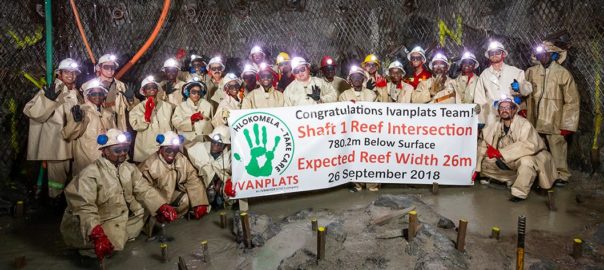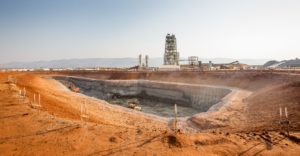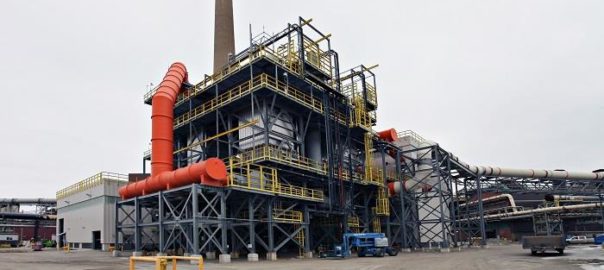Independence Group’s Nova nickel operation is set to play host to Australia’s first fully-integrated commercial hybrid diesel/solar photovoltaic (PV) facility after the company signed a contract amendment with remote power generation specialist Zenith Energy.
The changes to the existing power purchase agreement, signed by Zenith and Independence back in 2015, will incorporate a solar PV facility with a forecast 12.5 GWh/y.
Zenith’s subsidiary, Zenith Pacific, will now build, own and operate a hybrid diesel/solar PV power station of around 26 MW in installed capacity to “reliably and efficiently service the power needs of the Nova operation”, the company said.
Zenith has made huge strides since becoming a public entity via the ASX in May, sealing contracts with the likes of Gascoyne Resources, for its Dalgaranga gold project, and Dacian Gold, for its recently opened Mt Morgans gold mine.
Managing Director of Zenith Energy, Hamish Moffat said: “This development represents the first fully integrated and commercial hybrid diesel/solar PV facility in Australia and is a step forward in future renewable energy solutions.”
The solar PV will include “state-of-the-art PV modules, single axis tracking, inverters, communications and control system technology”, Zenith said.
The hybrid power station will incorporate high efficiency diesel-fuelled generators and solar PV generation.
The integrated facility is expected to be completed within the first quarter of Zenith’s 2020 financial year (to end-June, 2020). The initial supply period is for six years with an option for Zenith to extend for a further two years.
Independence Group’s Managing Director, Peter Bradford said: “The development of this innovative hybrid energy solution will…improve our cost structure with targeted renewable power insertion of up to 50% of demand via the solar PV facility.”
Nova is in the Fraser Range of Western Australia, some 160 km east-northeast of Norseman. It produced 22,258 t of nickel and 9,545 t of copper in its first full year of operation in the 2018 financial year.










